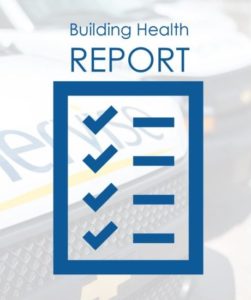STEP 1 Energy Star Benchmark
Compare your building’s energy use against your peers to see if you can avoid utility costs. Take an approach that includes benchmarking the energy use of your individual building utilizing the US EPA’s Energy Star rating system for your type of facility. Then, work with an HVAC contractor to create a baseline and develop strategies that often produce an average energy savings in the range of 5 to 20%.
Conduct an Energy Benchmark report that includes:
- Energy Performance from actual utilities usage
- Energy Cost Comparison vs peer building of similar type
- ENERGY STAR Rating – 75 or better is best of class
- Carbon Footprint & Sustainability index
- Recommendations to avoid utility costs
STEP 2 Survey and Capital Planning Guide
Conduct an HVAC Equipment Inspection Survey to provide an in-depth analysis of your existing mechanical equipment, rating condition, budgeting for repairs and maintenance history. In conjunction with providing that survey, work with an expert to create a five-year budget plan. A financial modeling rubric helps you anticipate when prudent investment in replacement equipment brings value verses repair utilizing your financial criteria.
Also, you can contact your local HVAC contractor to set up a consultation and help guide you to make the right decision for your situation.
STEP 3 Energy Assessment*
Collaborate with a Certified Energy Manager (CEM) to walk through your facility or building to:
- Review 24/7 operations
- Measure lighting levels
- Check comfort temperature and carbon dioxide levels
Be sure the Energy assessment follows the Level I ASHRAE energy audit process and includes detailed steps.
Learn more about how Enervise can help with our Commercial Building Assessment.




